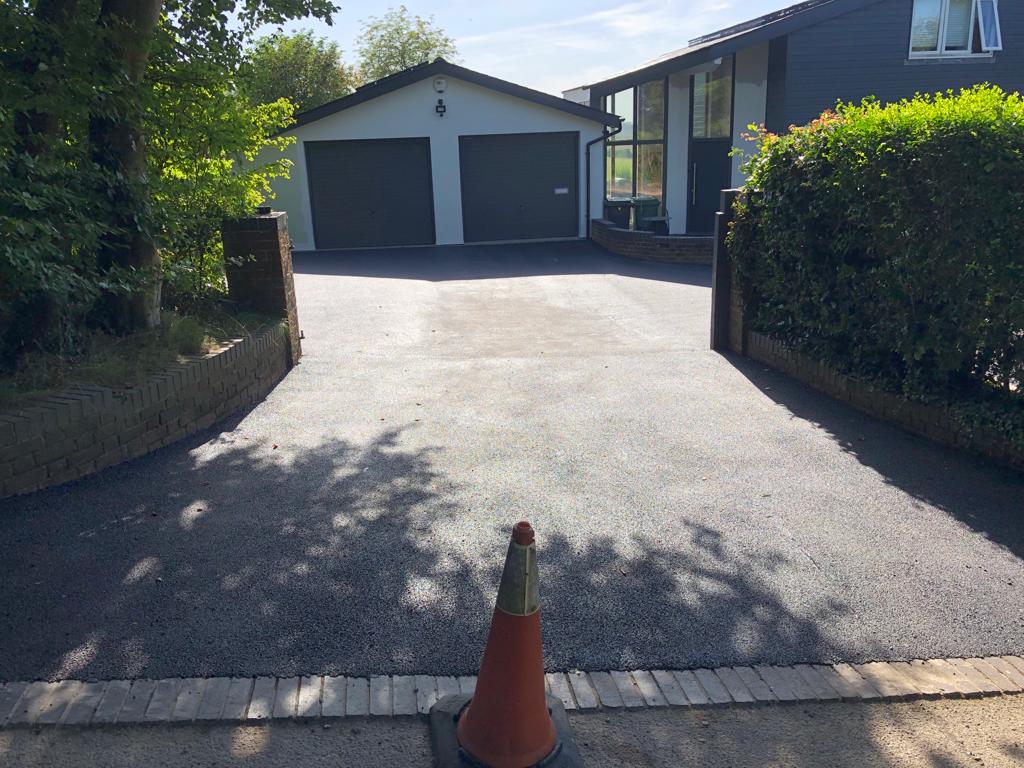Potholes are a common issue on Australian roads, particularly during periods of heavy rain or frequent vehicle use. For councils, property owners, and commercial sites, addressing potholes after they appear can be expensive and disruptive. A better approach is prevention—stopping potholes from forming in the first place. At Little River Road Tech in Little River, we focus on long-term surface performance by implementing practical, proven preventative measures.
Why Potholes Form
Before exploring solutions, it’s important to understand what causes potholes. Potholes typically develop when moisture seeps into the road surface, weakens the base, and is followed by the pressure of vehicle tyres. Repeated stress leads to cracks, which gradually break down into loose debris and holes.
Preventing this chain reaction is the key to avoiding premature pavement failure.
1. Invest in Proper Road Grading
Poor grading can lead to water pooling on the road surface. This standing water is the number one cause of pothole formation, particularly on unsealed or poorly maintained asphalt surfaces.
Preventative grading ensures:
- Correct surface slope for water runoff
- Reduced risk of water penetration into the base layer
- Better long-term drainage control in heavy rain
Regular grading inspections are essential for gravel shoulders and access roads to ensure water is always directed away from traffic areas.
2. Use High-Quality Asphalt Mixes
Not all asphalt is created equal. The mix design should reflect the climate conditions and the anticipated vehicle load in Little River.
Benefits of using premium asphalt include:
- Greater resistance to cracking and deformation
- Enhanced flexibility in both hot and cold weather
- Increased surface durability under commercial traffic
By choosing the right mix, you greatly improve the life expectancy of the surface and reduce susceptibility to potholes.
3. Seal Cracks Early
Cracks are the gateway to potholes. If left unattended, they allow water to enter the subsurface and begin weakening the base layer. Sealing cracks early cuts off this process before it starts.
Effective crack sealing involves:
- Cleaning out loose debris or vegetation
- Applying bitumen-based sealant to prevent water ingress
- Monitoring known trouble spots seasonally
This simple maintenance step is one of the most cost-effective defences against potholes.
4. Maintain Shoulder Integrity
Road shoulders often experience edge drop-offs, erosion, and base displacement. If not properly maintained, this degradation can creep into the traffic lane and trigger potholes.
To avoid this:
- Re-grade and compact shoulders regularly
- Avoid excessive vegetation growth at edges
- Reinforce edges with appropriate materials where required
Consistent shoulder maintenance ensures the edge of the pavement stays supported and stable.
5. Schedule Routine Surface Inspections
Potholes are often preceded by subtle surface changes that aren’t obvious to untrained eyes. Regular inspections by experienced professionals can detect early warning signs and allow for minor fixes before major damage occurs.
Routine checks should look for:
- Minor surface depressions or rippling
- Hairline cracks and joint separation
- Soft spots after wet weather
Timely action on these issues can dramatically reduce the occurrence of potholes.
Conclusion
Preventing potholes is about being proactive rather than reactive. With the right grading, materials, maintenance strategies, and inspections, surfaces can remain strong and durable over time.
At Little River Road Tech, we take a long-term view of asphalt and bitumen performance. Our preventative approach ensures road users in Little River enjoy safer, smoother, and longer-lasting surfaces. Contact our experienced team to learn how we can help protect your road or driveway from potholes before they form.
Call us on: 03 4159 2883
Click here to find out more about Little River Road Tech
Click here to complete our contact form and see how we can help with your road needs.

